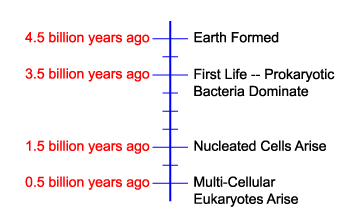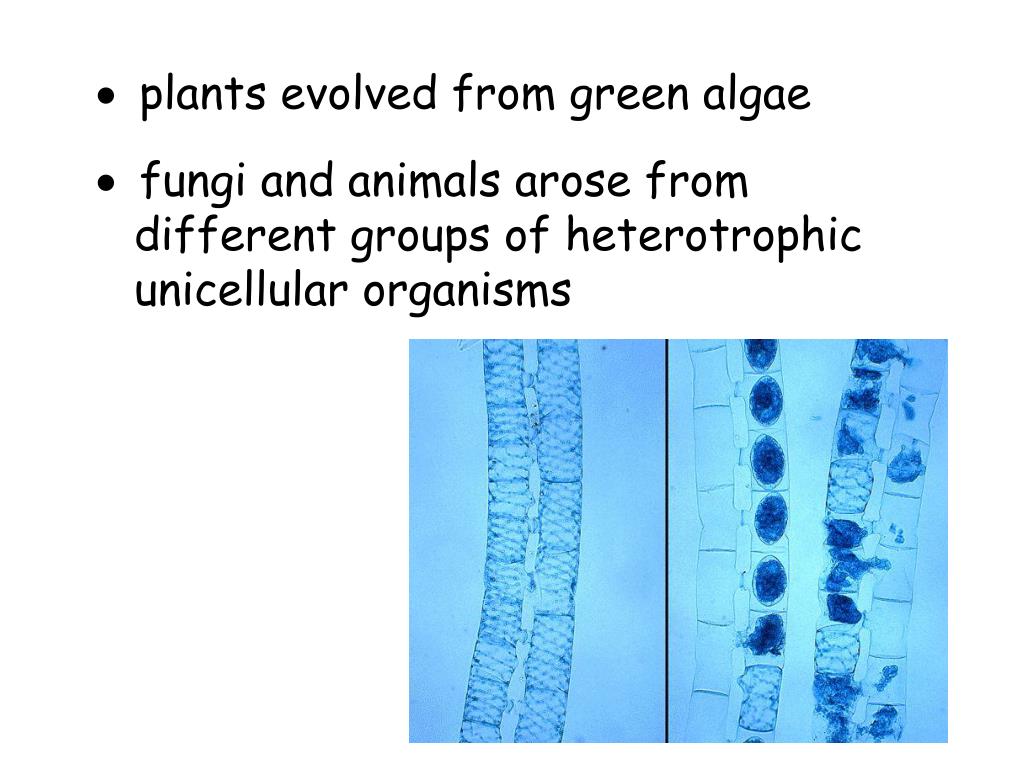
The nation then cooled slightly for several decades. temperatures began to rise and continued slowly up through the 1930s. Note: NOAA does not provide data for Alaska or Hawaii for this time period. This year, a new blow: Following one of the warmest springs of the past century, harmful bacteria known as blue-green algae bloomed in the lake just as the tourist season was taking off in June.

In Lake Hopatcong, thinning ice let loose waves of aquatic weeds that ordinarily die in the cold. In any one geographic location, 2 degrees Celsius (3.6 degrees Fahrenheit) may not represent global cataclysmic change, but it can threaten ecosystems, change landscapes and upend livelihoods and cultures. The global data sets draw upon thousands of land-based weather stations and other measurements, such as ocean buoys armed with sensors and ship logs dating as far back as 1850. To find the world’s 2C hot spots, its fastest-warming places, The Post analyzed temperature databases, including those kept by NASA and NOAA peer-reviewed scientific studies and reports by local climatologists. But for huge swaths of the planet, climate change is a present-tense reality, not one looming ominously in the distant future. It has taken decades or in some cases a century. Some parts of the globe - including the mountains of Romania and the steppes of Mongolia - have registered increases twice as large. In the past century, the Earth has warmed 1 degree Celsius (1.8 degrees Fahrenheit). Rhode Island is the first state in the Lower 48 whose average temperature rise has eclipsed 2 degrees Celsius (3.6 degrees Fahrenheit). That threshold, reached over the past three decades, has meant lakes don't freeze as often, snow melts more quickly, and insects and pests don't die as they once did in the harsher cold. The average New Jersey temperature from December through February now exceeds 0 degrees Celsius (32 degrees Fahrenheit), the temperature at which water freezes. While many people associate global warming with summer’s melting glaciers, forest fires and disastrous flooding, it is higher winter temperatures that have made New Jersey and nearby Rhode Island the fastest warming of the Lower 48 states. Other parts of the Northeast - New Jersey, Connecticut, Maine and Massachusetts - trail close behind. Alaska is the fastest-warming state in the country, but Rhode Island is the first state in the Lower 48 whose average temperature rise has eclipsed 2 degrees Celsius (3.6 degrees Fahrenheit).

Seventy-one counties have already hit the 2-degree Celsius (3.6-degree Fahrenheit) mark. Today, more than 1 in 10 Americans - 34 million people - are living in rapidly heating regions, including New York City and Los Angeles. The United Nations Intergovernmental Panel on Climate Change warns that if Earth heats up by an average of 2 degrees Celsius (3.6 degrees Fahrenheit), virtually all the world’s coral reefs will die retreating ice sheets in Greenland and Antarctica could unleash massive sea level rise and summertime Arctic sea ice, a shield against further warming, would begin to disappear.īut global warming does not heat the world evenly.Ī Washington Post analysis of more than a century of National Oceanic and Atmospheric Administration temperature data across the Lower 48 states and 3,107 counties has found that major areas are nearing or have already crossed the 2-degree Celsius (3.6-degree Fahrenheit) mark. In the 2015 Paris accord, international leaders agreed that the world should act urgently to keep the Earth’s average temperature increases “well below” 2 degrees Celsius (3.6 degrees Fahrenheit) by the year 2100 to avoid a host of catastrophic changes.

Over the past two decades, the 2 degrees Celsius (3.6 degrees Fahrenheit) number has emerged as a critical threshold for global warming. Insulated trains, such as this ice car from around 1910, brought the ice from New Jersey to New York City.


 0 kommentar(er)
0 kommentar(er)
